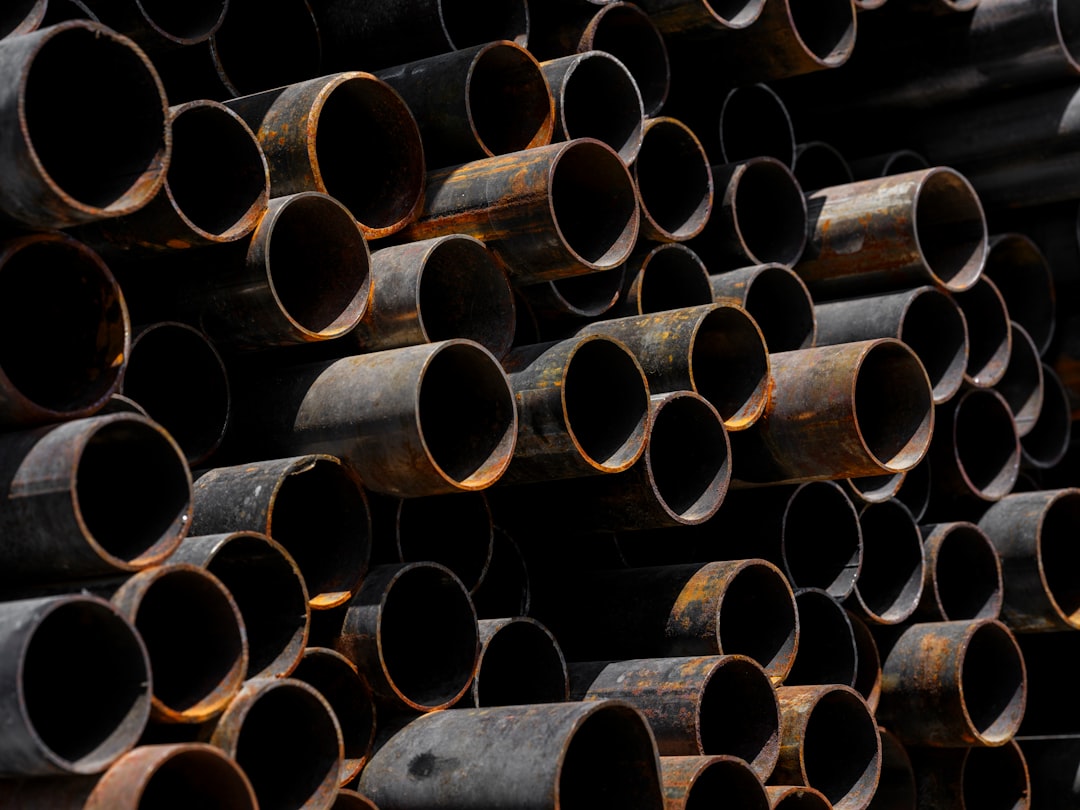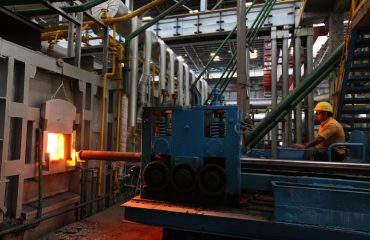The steel industry is a cornerstone of global infrastructure, but its traditional processes have a significant environmental footprint. The demand for steel is only growing, making the transition to sustainable steel supply chains not just desirable, but essential. This post delves into the key aspects of creating a greener future for steel production and consumption.
1. Sustainable Raw Material Sourcing: The Foundation of Green Steel
The journey towards sustainable steel begins with the raw materials. Traditional steelmaking relies heavily on iron ore, coking coal, and limestone, all of which have significant environmental impacts. Mining activities can lead to deforestation, habitat loss, and water pollution. Coking coal, in particular, is a major source of greenhouse gas emissions. Sustainable sourcing focuses on minimizing these impacts through several strategies:
- Responsible Mining Practices: Implementing stricter environmental regulations and promoting responsible mining practices, including minimizing land disturbance, efficient water management, and effective waste management.
- Recycling and Scrap Metal Utilization: A significant reduction in greenhouse gas emissions can be achieved by increasing the use of scrap metal in steel production. Recycling steel requires significantly less energy than producing it from virgin materials.
- Exploration of Alternative Raw Materials: Research into alternative iron sources, such as direct reduced iron (DRI) produced using renewable energy sources, is crucial for reducing reliance on traditional, carbon-intensive methods.
- Traceability and Transparency: Implementing robust traceability systems to track the origin and environmental impact of raw materials throughout the supply chain builds consumer trust and promotes responsible sourcing.
2. Energy Efficiency and Renewable Energy Integration: Powering a Sustainable Future
Steel production is an energy-intensive process. Traditional blast furnaces rely heavily on fossil fuels, contributing significantly to greenhouse gas emissions. Transitioning to more energy-efficient processes and integrating renewable energy sources is paramount for sustainability:
- Electric Arc Furnaces (EAFs): EAFs are significantly more energy-efficient than blast furnaces, particularly when powered by renewable electricity. They also allow for higher utilization of scrap metal.
- Hydrogen-Based Steelmaking: Hydrogen, produced from renewable sources, offers a promising pathway to decarbonize steel production. Hydrogen can replace coking coal in the reduction process, significantly reducing CO2 emissions.
- Process Optimization: Improving the efficiency of existing steelmaking processes through technological advancements can lead to substantial energy savings.
- On-site Renewable Energy Generation: Integrating solar, wind, or geothermal energy sources directly into steel production facilities can significantly reduce reliance on fossil fuels.
3. Reducing Waste and Emissions: Minimizing the Environmental Footprint
Minimizing waste and emissions throughout the steel supply chain is crucial for environmental sustainability. This requires a holistic approach encompassing various aspects of production and transportation:
- Waste Reduction Strategies: Implementing strategies to minimize waste generation at each stage of the process, including optimizing material usage, improving process efficiency, and recycling waste materials.
- Carbon Capture, Utilization, and Storage (CCUS): CCUS technologies can capture CO2 emissions from steelmaking processes and either utilize them for other purposes or store them underground.
- Sustainable Transportation: Optimizing logistics and transportation networks to reduce fuel consumption and emissions associated with transporting raw materials and finished products.
- Water Management: Implementing efficient water management practices to reduce water consumption and pollution.
4. Circular Economy Principles: Closing the Loop in Steel Production
Embracing circular economy principles is essential for creating truly sustainable steel supply chains. This involves designing products for durability, repairability, and recyclability, and ensuring efficient end-of-life management:
- Design for Recycling: Designing steel products with recyclability in mind, simplifying the dismantling and separation of different materials.
- Extended Producer Responsibility (EPR): Implementing EPR schemes to hold producers accountable for the end-of-life management of their products, encouraging recycling and reducing waste.
- Efficient Recycling Infrastructure: Developing robust and efficient infrastructure for collecting, sorting, and processing scrap steel.
- Product Lifecycle Assessment (LCA): Conducting LCAs to assess the environmental impact of steel products throughout their entire lifecycle, from raw material extraction to end-of-life disposal.
5. Collaboration and Transparency: Building a Sustainable Ecosystem
Creating truly sustainable steel supply chains requires collaboration and transparency across the entire value chain. This involves engaging with stakeholders, sharing best practices, and promoting open communication:
- Industry Collaboration: Steel producers, suppliers, consumers, and researchers need to collaborate to share knowledge, develop innovative solutions, and implement sustainable practices.
- Supply Chain Transparency: Improving transparency throughout the supply chain by tracking the origin and environmental impact of materials and products.
- Stakeholder Engagement: Engaging with stakeholders, including governments, NGOs, and communities, to build consensus and promote sustainable practices.
- Certification and Standards: Developing and implementing industry standards and certifications to ensure the sustainability of steel products and processes.
Building sustainable steel supply chains is a complex challenge, but it is a crucial step towards a greener future. By adopting the strategies outlined above, the steel industry can significantly reduce its environmental impact and contribute to a more sustainable world.
Tags: Sustainable Steel, Green Steel, Steel Recycling, Circular Economy, Sustainable Supply Chain




